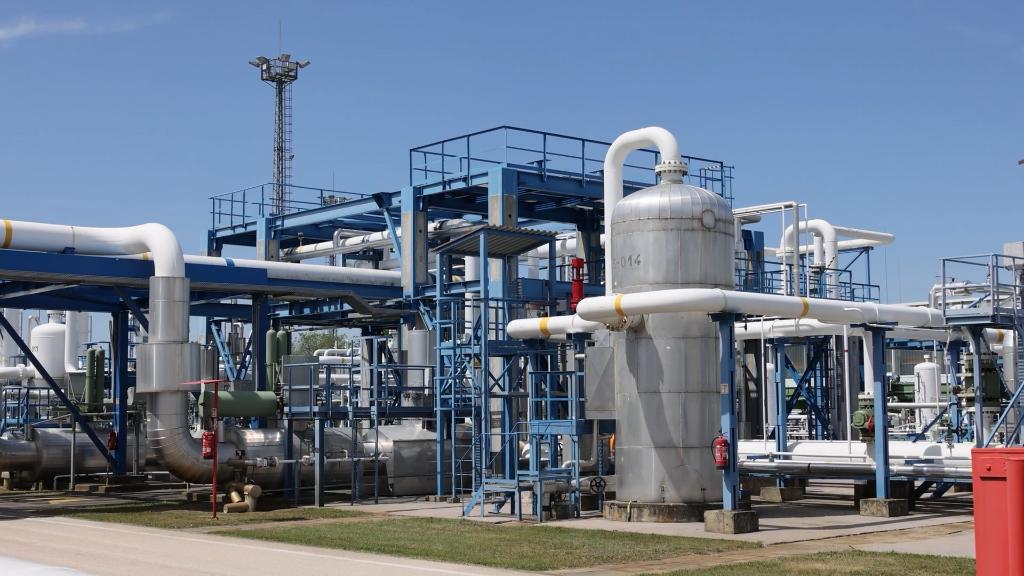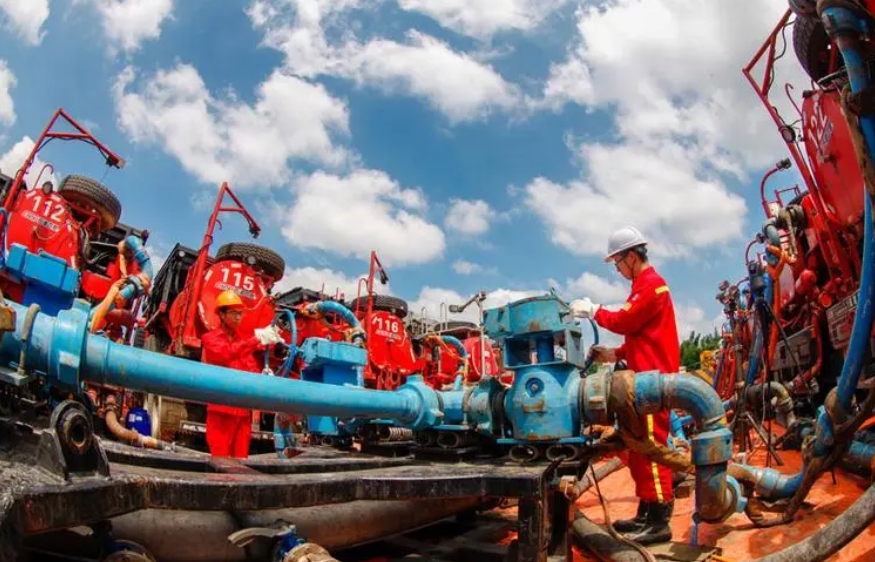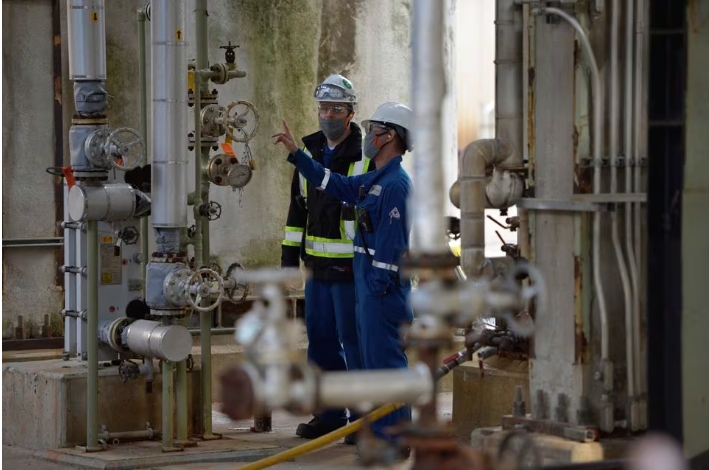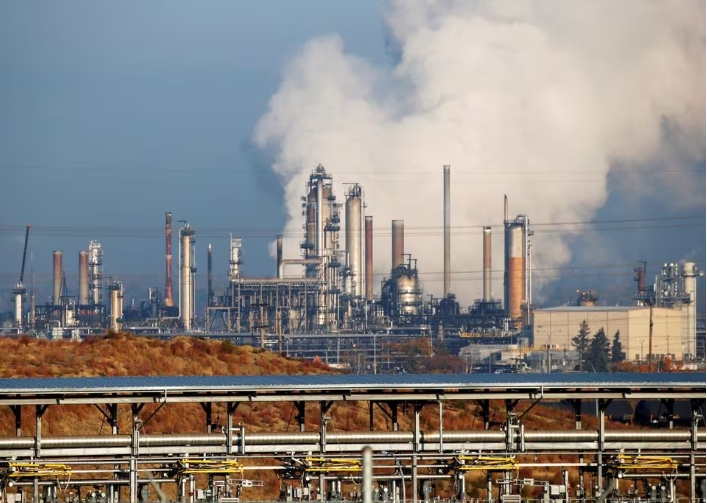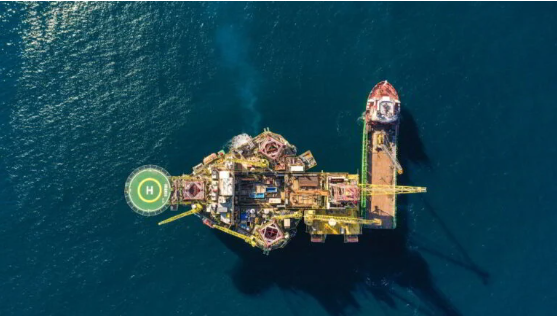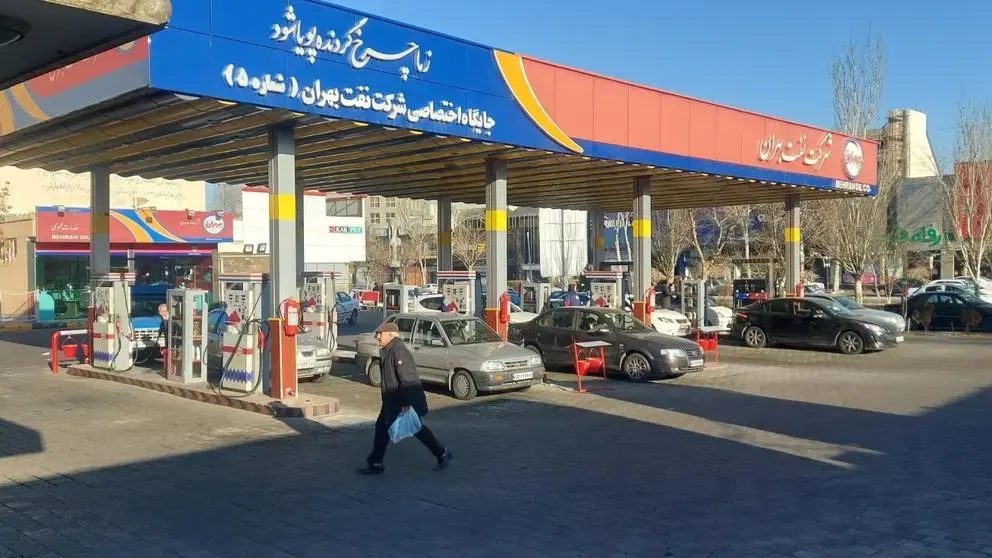
Costs of living are soaring in Iran while the currency has repeatedly plumbed new historic lows, posing a challenge to Iran's rulers as they face regional military setbacks and the return of a maximum pressure sanctions policy under Donald Trump.
Iranians had already sensed something was amiss when some fuel stations began installing eight-digit price displays at fuel stations.
The policy change comes in the form of a letter from the National Iranian Oil Refining and Distribution Company (NIORDC), part of the oil ministry, to fuel stations outlining steps to implement the plan.
It is set to massively reduce the monthly distribution of subsidized gasoline from the current 87 million liters to 42.5 million.
Under the new scheme, citizens will be entitled to 15 liters of subsidized gasoline monthly at 20,000 rials (2.5 US cents) per liter, up from the previous rate of 15,000 rials (2 cents).
The NPDC denied any change was forthcoming. The oil ministry “has no plans to change gasoline prices,” adding the ministry “does not have the authority to do so.”
A spokesperson for the Planning and Budget Organization last month underscored that any change in setting fuel products was treated as an utmost priority and "requires decision-making at the highest levels of national management."
Fuel price increases in Iran happen outside the budget, as in 2019 when gasoline prices rose with the Supreme Leader’s backing, bypassing parliamentary oversight.
Under the new policy, semi-subsidized gasoline will cost 80,000 rials (10 cents) per liter. The average income of Iranians per month is now around $150 while the costs for a family of four is at least $500 per month.
At least one third of the country is also living below the poverty line.
The government plans to simultaneously reduce the semi-subsidized gasoline quota from 100 liters to 50 liters per month and limit the allocation of gasoline to two vehicles per household and one vehicle per individual.
This week, Ali Fadavi, deputy commander of the Revolutionary Guards (IRGC), said nationwide shutdowns and blackouts due to massive energy shortages were "disgraceful".
"We are the world's top country in energy, and we rank second in gas reserves. Yet, we cannot solve the energy problem," he said.
"Updating fuel dispensers and upgrading station infrastructure are routine measures to prevent disruptions in operations," the NPDC said in response to reports about the new space for price digits at fuel pumps.
Despite the denial, a recent television interview with President Masoud Pezeshkian fueled public concerns about rising costs. He said during the interview early in December that the state is short of foreign currency and without parliamentary allocation of dollars for imports, gasoline prices would rise.
Reports also suggest a brewing conflict between the government and parliament over accountability for the price adjustments, further complicating the public narrative.
Iran’s revised gasoline pricing strategy comes amid ongoing economic challenges, exacerbated by international sanctions. Analysts have noted the potential for further restrictions on Iran’s gasoline imports under a new US administration.
The Washington Institute highlighted that such sanctions could intensify Iran's economic struggles by targeting its refined oil imports, compounding existing sanctions on crude oil exports, levied for Iran's nuclear program, support for Russia's war on Ukraine, and human rights abuses at home.
